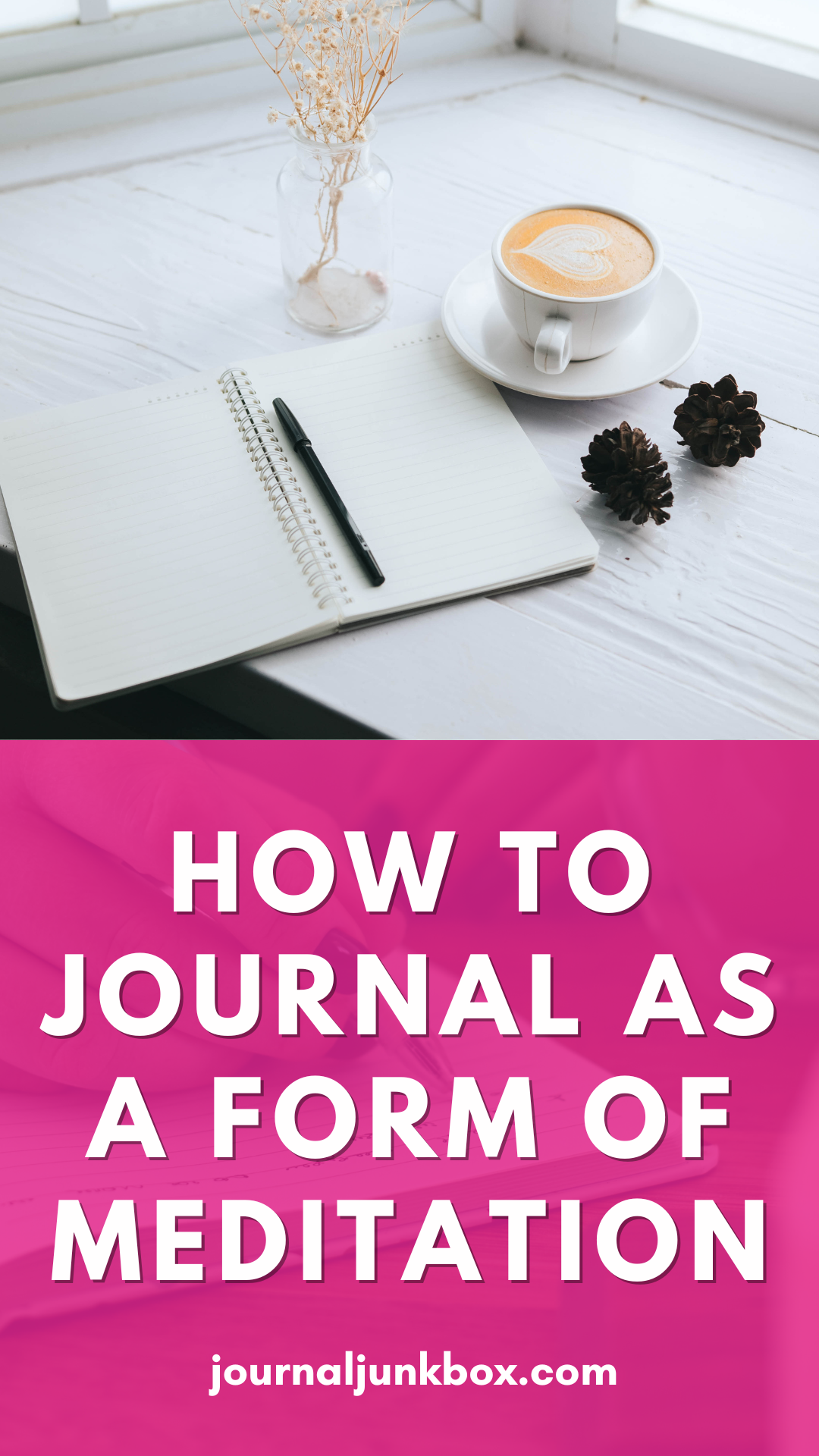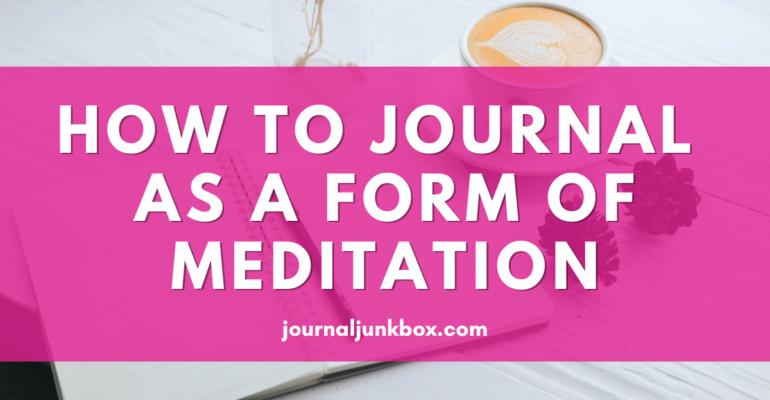How to Journal as a Form of Meditation
August 5, 2022 2022-08-08 19:21How to Journal as a Form of Meditation
Numerous individuals can attest to the qualities and virtues of journaling. It is a great strategy that you can use to improve your mental, emotional, and physical well-being.
Along with this, journaling as a means of meditation has only become more and more popular. The evident benefits of journaling can serve up a fantastic synergy you should try. But how exactly does one go about it?
Here’s what you need to know about journaling for meditation purposes below.

1. Find a Comfortable Place to Sit or Recline
Start by writing about whatever is on your mind, without censoring yourself. Just let the words flow out onto the page. Once you have emptied your mind, re-read what you have written.
Now, allow yourself to be more selective about what you continue to write. Keep exploring your thoughts and feelings surrounding the original topic, or any new ones that have come up.
There are no rules for journaling as a form of meditation, so go with whatever feels right for you at the moment. The most important thing is, to be honest with yourself and to keep the focus on your internal experience.

2. Set a Timer for 5-10 Minutes
There is nothing more meditative than sitting down with a pen and paper and writing out your thoughts. It is a form of mindfulness that allows you to be in the moment and connect with your inner thoughts and feelings.
The best way to journal as a form of meditation is to set a timer for 5-10 minutes and just write. Write about whatever comes to mind, no matter how random or mundane it may seem. The act of writing will help to clear your mind and allow you to focus on the present moment.
Setting a timer will allow you to get into a state of mind where you can reflect on your day and clear your thoughts.

3. Focus On Your Breath and Allow Your Mind to Wander
Start by finding a comfortable place to sit or lie down. You may want to close your eyes. Take a few deep breaths and focus on your breath. Allow your mind to wander. Don’t focus on anything in particular. Just let your thoughts flow.
If you find your mind wandering too much, bring your focus back to your breath. Slowly exhale and inhale. Continue this for as long as you like.

4. Start Writing Stream of Consciousness Style
The key to writing a successful stream-of-consciousness piece is to keep the pen moving – don’t stop to edit or second-guess yourself, just let the words flow. It can be helpful to set a timer for a specific amount of time (say, 10 minutes), and to start with a prompt or question to get the juices flowing.
Once you get started, you may be surprised at the thoughts and feelings that come to the surface.

5. Let Go of Any Expectations or Judgement
If you want to use journaling as a form of meditation, the important thing is to let go of any expectations or judgment. Just allow yourself to write whatever comes into your mind, without worrying about whether it makes sense or not. You might find it helpful to set a timer for a certain amount of time, and then just write continuously until the timer goes off. Don’t worry about spelling or grammar, just let the words flow.
Any kind of journal or notebook works for journaling. As long as you write, it will help reduce stress and anxiety, improve your mood, and increase your self-awareness.
We love including journals in our monthly boxes! Here are some of the journals and notebooks from our past boxes below:



Don’t forget to share this post and pin the image below so we can keep growing our community!



